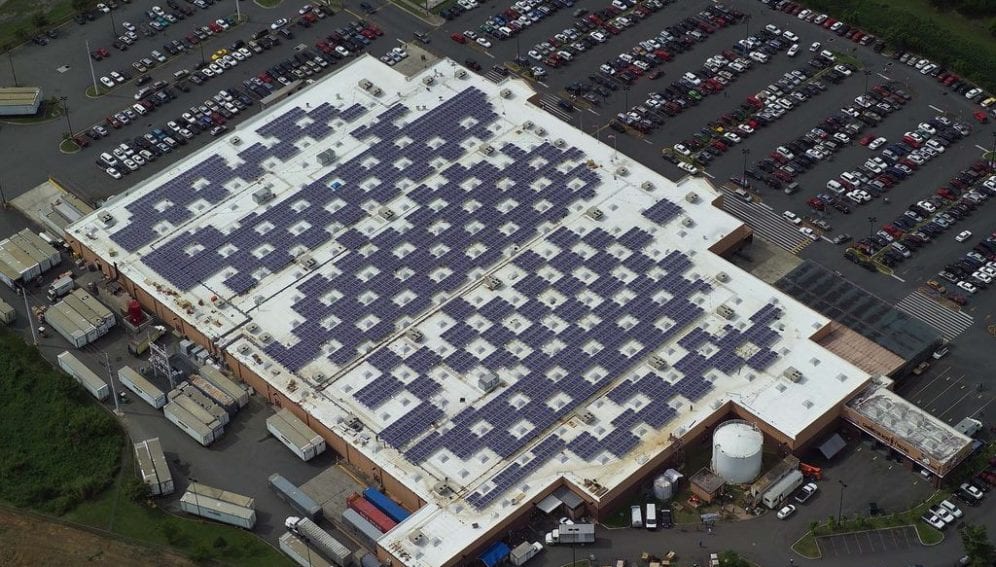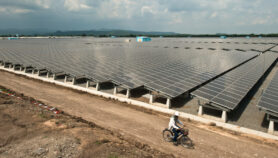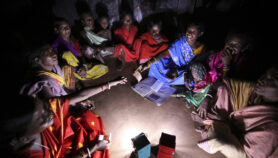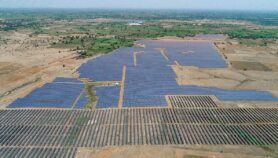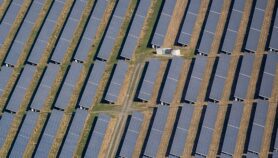By: Crispin Maslog
Send to a friend
The details you provide on this page will not be used to send unsolicited email, and will not be sold to a 3rd party. See privacy policy.
In November 2012, Tokelau, a tiny Pacific territory of New Zealand located midway between New Zealand and Hawaii, earned the distinction of becoming the first country in the world to completely give up fossil fuels and become solely powered by solar energy. Tokelau now has a solar capacity equivalent to 150 per cent of its needs. [1]
The New Zealand government, which had supported Tokelau in setting up its renewable energy systems, is now working with the European Union to help the Pacific nations of Tonga and the Cook Islands to develop their own solar power.
This initiative makes sense in these island nations where it is mostly sunny and where pricey imported diesel generators are the main source of electricity, leaving them vulnerable to volatile global fuel prices.
A natural fit
If solar power is appropriate for Pacific island nations for economic as well as environmental reasons, it is also a natural fit in South-East Asia.
Think of a decentralised and independent solar power supply system for each island in archipelagic nations like Indonesia and the Philippines, and for each region in Malaysia and Thailand. Think of not having to transport large quantities of fossil fuel to each of these islands, saving on shipping costs, not to mention the cost of the fossil fuel itself. Think of the cleaner environment in these islands without the carbon emissions from fossil fuel.
South-East Asia, however, has yet to live up to this potential because of uncertainty over regulations and muddled policies pertaining to the solar market. Solar power projects in the region depend on foreign investments. To encourage investments in solar power businesses, governments have to ensure favourable conditions. These policies have to be spelled out now.
The bright spot has been Thailand, which has established strong support programmes for solar power. Data presented at the Solar Energy Southeast Asia conference in Bangkok earlier this month [December 3-4] showed that Thailand’s solar market is booming.
The country leads the region in solar energy, with almost 700 megawatts expected to be installed in 2013, according to data from the US-based IHS Solar Research. In 2014, a further 754 megawatts of new capacity are set to be added. [2]
Thailand has had ambitious targets for solar energy for some time. Under its Alternative Energy Development Plan, the government first targeted two gigawatts of installed solar power capacity by 2021, before increasing the target this year to three gigawatts.
Indonesian progress
Indonesia is also making progress on solar energy. Last month, the government tendered for firms to build as many as 80 solar power plants with a combined capacity of up to 140 megawatts, according to Rida Mulyana, the director-general for renewable energy in Indonesia’s Ministry of Energy and Mineral Resources. [3]
“The solar plants’ construction will take about six months. Therefore, we will see the plants commence operation in the middle of 2014,” Antara news agency quoted Mulyana as saying.
Most of the solar power plants would be in eastern Indonesia, such as in Papua, West Papua, Maluku, Sulawesi and Nusa Tenggara, and most will have a one megawatt capacity. The biggest project, with a six megawatt capacity, would be in Jayapura, Papua.
Although Indonesia is a major oil producer, many areas of the country remain unconnected to the national power grid, which covers less than 70 per cent of the country. These are the areas that will get solar power.
The Philippines is slowly getting on the solar energy bandwagon too. The government has approved the construction of the country’s biggest solar power project to date, in Negros Occidental province in the central Philippines. [4]
This US$440 million, 22 megawatt solar plant on a 35-hectare site is expected to be up and running by the second quarter of 2014, adding more than 35 million kilowatt-hours a year to the regional grid.
Another four solar power projects with a combined capacity of 50 megawatts are also planned to be built in the Philippines in 2014 by the Belgium-based solar developer Enfinity. [5]
Time to shine
It is time for the other countries in the South-East Asia and Pacific region to follow suit. The sun is there to be harnessed. The technologies are ready and there is ongoing global research to further improve on them. Countries in the region should seriously fund research to improve solar power efficiency, reliability, safety and local connection systems, especially between grid utilities and individual off-grid systems.
In the meantime, business is raring to get involved if governments provide the right incentives. What remains to be spelled out are the ground rules from government, and for the political approval to give it a jumpstart.
Crispin Maslog is a Manila-based consultant for the Asian Institute of Journalism and Communication. A former journalist, professor and environmental activist, he worked for the Press Foundation of Asia and the International Rice Research Institute.
This article has been produced by SciDev.Net’s South-East Asia & Pacific desk.
References
[1] McGinniss, P. E. Island of Tokelau Becomes World’s First Solar-Powered Country (EcoWatch, 15 November 2012)
[2] Gifford, J. Thailand emerges as clear solar leader in south-east Asia (RenewEconomy, 6 December 2013)
[3] 80 solar power projects up for grabs (The Jakarta Post, 6 November 2013)
[4] Añonuevo, E. P. C Negros to host Philippines’ biggest solar power project (InterAksyon.com, 12 December 2013)
[5] Solar power projects lined up for next year (BusinessWorld Online, 11 December 2013)


